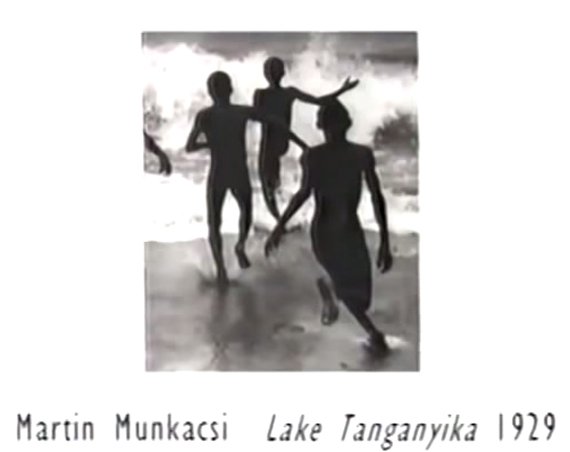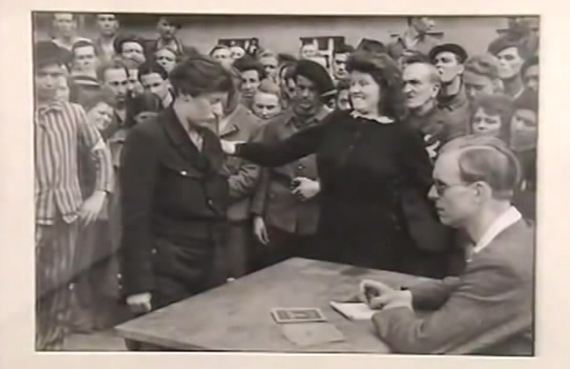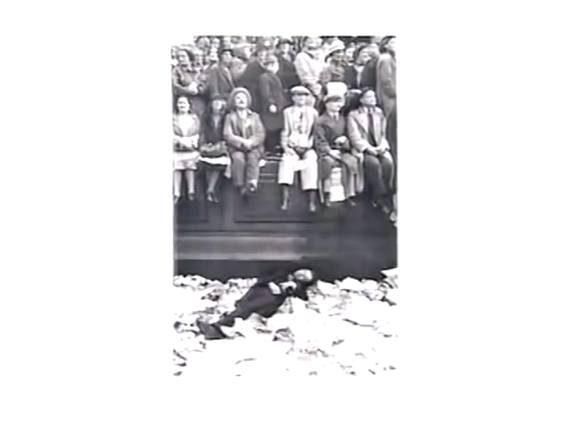Henri Cartier-Bresson is arguably one of the most iconic figures in 20th century photography. Throughout the years, he has photographed some of the most iconic personalities and events in his lifetime, and he has done so in his unique style, capturing the essence of humanity. As one visitor in his galleries remarked, “If God were taking pictures, they’d look a bit like this, because he seems to have been everywhere and seen everything.” The following documentary provides insight into Henri Cartier-Bresson’s life and work—a full length film about one of the most amazing people to shape the art of photography:
In his early life, Henri Cartier-Bresson was drawn to painting, as he started to create paintings in his early teenage years. While in Africa in the late 1920s, he took a couple of snapshots, even though his passion was not photography at the time. However, after seeing a particular photograph taken in Africa by another photographer, Cartier-Bresson became hooked. (Via PetaPixel)

Inspiration. This is the image that inspired Henri Cartier-Bresson to pursue photography.
“When I saw it I said, ‘Damn it!’ and I took my camera and went out in the street.”
Cartier-Bresson had his first exhibition in Mexico, shortly before going to New York, where he also had an exhibit. It was there that he became fascinated with the possibilities of movies, and he started to study filmmaking. Upon returning to France, he became involved with film making as a director’s assistant for Jean Renoir. In 1936 he co-directed his first long film in Spain, promoting the work of medical services on the Republican side of the Spanish civil war.
During World War II, Henri Cartier-Bresson replaced his camera with a weapon, and he joined the French army during the conflict. He was captured and spent three years as a war prisoner, doing upwards of 30 jobs. He tried to escape twice and failed; on his third attempt he succeeded. After World War II, he made a film about the homecoming of the prisoners of war.

The denunciation of a Gestapo collaborator, as photographed by Cartier-Bresson.
After the war, he and several other fellow photographers formed a group called Magnum, one of the first international photographic cooperatives. This was one of the first pillars of modern day photojournalism, and for the past 70 years, Henri Cartier-Bresson’s group has captured history on camera. It is, beyond a doubt, one of the biggest legacies that Cartier-Bresson leaves behind. He was an active member of Magnum until 1974, when he gave up photojournalism and devoted himself to drawing. As he later described the group:
“Magnum is a community of thought, a shared human quality, a curiosity about what is going on in the world, a respect for what is going on and a desire to transcribe it visually.”
Throughout all his life, most of Cartier-Bresson’s work was taken with a 35mm Leica camera, which he used to cover in duct tape in order to make it less conspicuous, allowing him to easily photograph events without people noticing. He bought his first Leica in 1932, when it was still a novelty: small, lightweight, quiet and with a viewfinder.
In the documentary, people who have known Henri Cartier-Bresson and analyzed his photography say that he is was an expert at finding that essential human connection in every single one of his shots. Combined with his keen eye for framing and surrealist inclinations, this all makes Henri Cartier-Bresson one of the most influential characters of 20th century photography.
“His greatest photographs are the ones that are capturing this millisecond out of hours,” one of the visitors of Cartier-Bresson’s gallery exhibition remarks, “that exact position out of millions—what he calls in his book, ‘The Decisive Moment’—and this is a skill he had that no other photographer has had to the same degree.”

This image, taken at King George VI’s coronation, shows Cartier-Bresson’s “Decisive Moment.”
In the end, I give you one quote that I think accurately describes Henri Cartier-Bresson’s views on photography:
“Photography is nothing more than instant drawing for me. . . Everything is just mere chance and the joy with a camera and is to take that chance.”
Inspiring words from an inspiring man. If you have an hour to set aside today then this documentary is a great way to spend it!
Like This Article?
Don't Miss The Next One!
Join over 100,000 photographers of all experience levels who receive our free photography tips and articles to stay current:






Leave a Reply